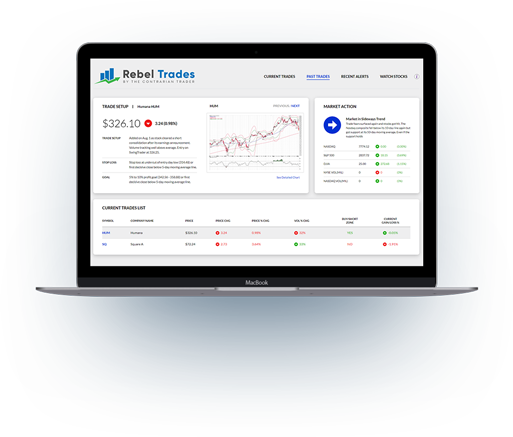Stocks Bust Through Psychological Resistance
By Paul Whitfield, Investor's Business Daily
Posted 02/01/2013 07:13 PM ET
Email Print License Comment
inShare
Stock indexes opened February with bulldozer moves as the S&P 500 and the NYSE composite rumbled to new highs.
The Nasdaq led with a 1.2% gain, but couldn't quite reach a 52-week high. The S&P 500 added 1%, and the NYSE composite 0.9%.
The IBD 50 advanced 1%.
Volume fell across the board.
Psychological resistance areas at 14,000 on the Dow and 1,500 on the S&P 500 gave way (1).
The action was remarkable for the number of quality stocks that notched strong gains in heavy volume and hit new highs. Take a look at the Market Pulse. Every gainer listed made a new high with the exception of SodaStream (SODA).
Friday's action also trimmed a distribution day off the Nasdaq. A distribution day can fall off the count because of time or sufficient price gains. Both factors were met to rub out the Dec. 26 distribution day.
So, the market has gained some elbow room, with no major index now carrying more than four days of distribution.
Meanwhile, the bears appear to be getting less fearful about the market. The NYSE short interest ratio hit a stunning, five-year high of 22.29 in September, but has faded to 18.10 (2).
That's still a high ratio. The figure means it would take 18 days of buying in average volume to cover all shorts.
If the bears panic, then the market could get additional momentum as they buy shares to cover short positions.
Bigger factors, though, may be at work.
Some market watchers have noted that many bull markets have four legs up. If the bull that began in March 2009 is interpreted that way, then the indexes' monthly charts show leg four began after the June lows.
The indexes are up 17% to 24% from their June lows.
In the bull of 2003-07, legs two and three were about half as strong as the first and last legs. The last leg in 2007 involved a 42% advance on the Nasdaq from the low to the high.
Final legs are sometimes called the exuberance phase because that is when the retail investors get excited and return — just in time to eventually lose their money, if they don't understand sell signals.
Proper sell rules can protect the investor from major losses. Perhaps more importantly, the rules can give the investor the confidence to stay in the game rather than exit prematurely.
As long as sell signals aren't appearing, there's no reason — apart from profit-taking — to sell.
The prudent investor might want to crack open IBD founder and Chairman William J. O'Neil's “The Successful Investor” and review profit-taking strategies.
Economic news was upbeat Friday. News on consumer sentiment, construction spending and manufacturing topped views. Unemployment rose, but the payroll numbers for November and December were revised up sharply.
For the week, the Nasdaq rose 0.9%, while the S&P 500 and NYSE composite added 0.7%. The IBD 50 lost 1.1% for the week.
via Stocks Bust Through Psychological Resistance – Investors.com.


